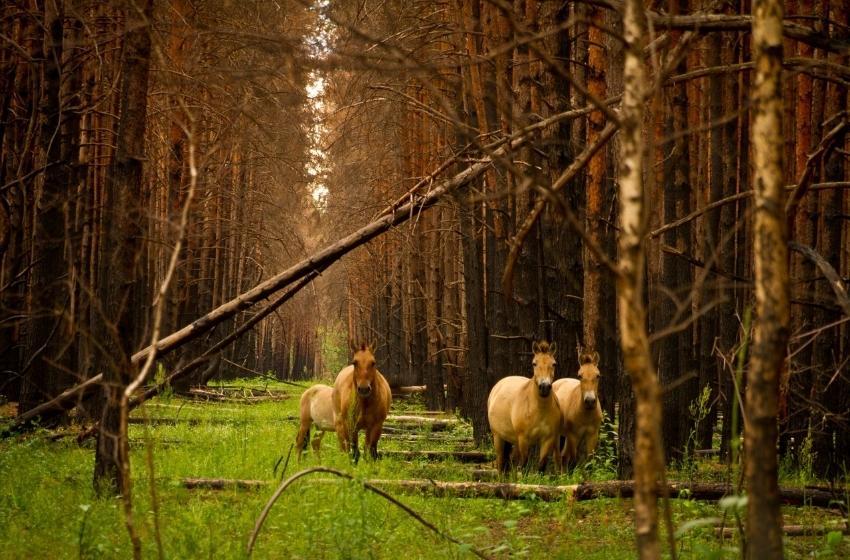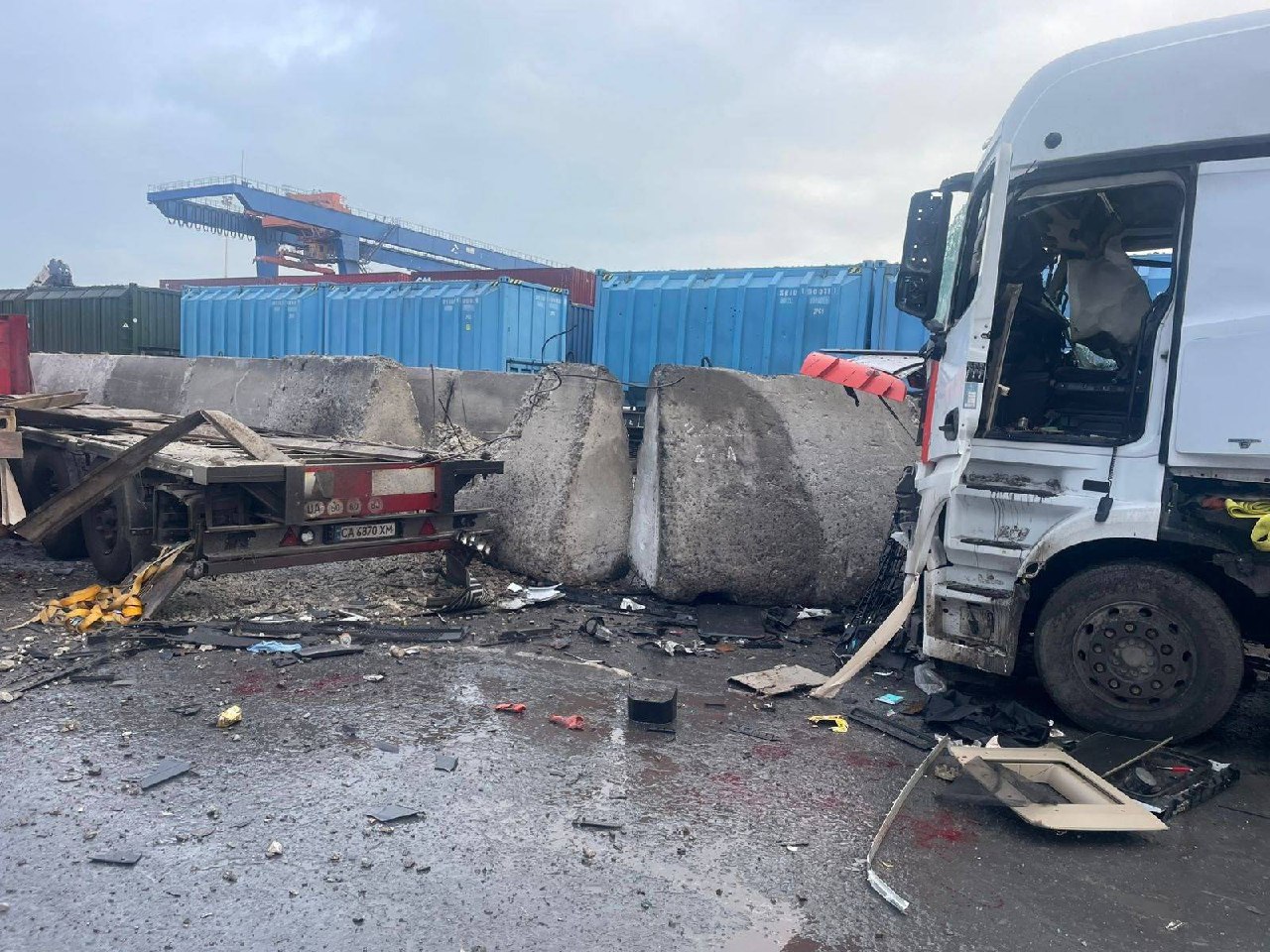Main photo: Denys Vyshnevskyy
A place where nature is restored
The Chornobyl Radiation and Ecological Biosphere Reserve is the youngest and largest reserve in Ukraine. It is located within the Exclusion Zone and the Unconditional (Mandatory) Resettlement Zone. This is a rather unusual combination of a NPF facility and the site of the largest radiation accident at a civilian nuclear facility.
In the absence of economic activity in this area, natural complexes typical of Polissya were restored. Here live such species symbols of European forests as lynx, wolf, elk, red deer, wild boar, owl, white-tailed eagle and others, a total of about 400 species of vertebrates. More than 2,000 km2, the large area provides landscape diversity, which in turn supports biodiversity.
In general, the reserve does not differ from others in terms of tasks and functions. However, there is one difference - the presence of radiation pollution, and this creates unique conditions for radioecological and radiobiological research.
The main topic of scientific research in the reserve is the maintenance of the Chronicle of Nature, but in cooperation with partners are implementing a number of projects. The Frankfurt Zoological Society conducts photo monitoring of large animals and lynxes, and WWF-Ukraine restores bison populations. With Japanese colleagues from Fukushima University, they are studying the biological effects of murine rodents from the "hot spots" of the exclusion zone.
For more than a month, the Russian military occupied the reserve. At present, it isn't easy to assess all the consequences of the occupation. The offices of the Chernobyl Reserve have been looted and some equipment for in-house and field work has been lost. The occupiers built engineering structures and partially destroyed the infrastructure on the reserve's territory. One way or another, much of the personnel was affected by the war: occupation, hostilities or evacuation. Among the reserve staff are three wounded.
Now the reserve is waiting for demining of the territory to resume scientific research.
The information was provided by the head of the scientific department of the Chornobyl Radiation and Ecological Biosphere Reserve.



















